Green Wednesday: Passionflowers and a Redwood Renaissance
By Cindy Watter, U.C. Master Gardeners of Napa County / Chris Benz, Environmental Contributor
Green Wednesday: Gardening and Ecological Insights
Every Wednesday Napa Valley Features brings you Green Wednesday, featuring articles from environmental voices and the UC Master Gardeners of Napa County. These contributors share research-based horticultural advice and insights on sustainability and climate topics relevant to our region.
Summary of Today’s Stories
"Passionflowers Are Beautiful — and Indestructible:” This article celebrates the resilient and pollinator-friendly passionflower, offering propagation tips and historical context about its symbolic and ecological significance.
"If you are a person who likes the naturalistic, non-manicured style of garden ... the passionflower is ideal." — Cindy Watter
"Reforesting the Valley Floor – A Community Forest Takes Shape”: This article chronicles the transformation of a redwood timber project into a diverse community forest in Napa Valley, highlighting its climate benefits, wildlife support and community involvement.
"The idea has morphed from a timber forest to a community forest." — Paul Asmuth, quoted by Chris Benz
Reforesting the Valley Floor – A Community Forest Takes Shape
By Chris Benz
NAPA VALLEY, Calif. — Stepping under the towering redwood canopy of the Napa Valley Community Forest is a magical experience. Light dims, air cools, sounds quiet and a green freshness greets you. Barn owl pellets dot the ground, and branches interlace overhead. This forest is all the more magical because it is situated on the valley floor on the edge of the St. Helena wastewater treatment plant spray fields.

On Saturday, June 21, the public can visit the forest and participate in planting during the Napa County Resource Conservation District’s “Community Forest Planting Day.” Participants will also meet Paul Asmuth, the heart and mind behind the forest, who has fascinating stories about how the forest has evolved and its star species, the coast redwood, Sequoia sempervirens.
Asmuth suggested the project after learning about a fallow strip of 16 acres on the southern edge of the spray fields. Trees could be planted and watered with the treatment plant’s effluent. He and his wife, Marilyn, financed the first plantings on 1 acre, initially intending to grow a timber crop that could be selectively harvested while maintaining a forest environment. Coast redwoods are suitable for this because they grow quickly, are commercially valuable and reproduce from basal sprouts, so no replanting is necessary.
Since the original planting, however, the vision has changed. Asmuth’s knowledge has also expanded. In 2023 he completed his M.S. degree in forestry from Mississippi State University with a focus on community forests and coast redwoods.
“The idea has morphed from a timber forest to a community forest,” Asmuth explained. “That’s why additional redwoods were planted less densely and why we now want to bring in more tree diversity and plant pollinators. Eventually we’d like to offer public access and a walking path from St. Helena.”
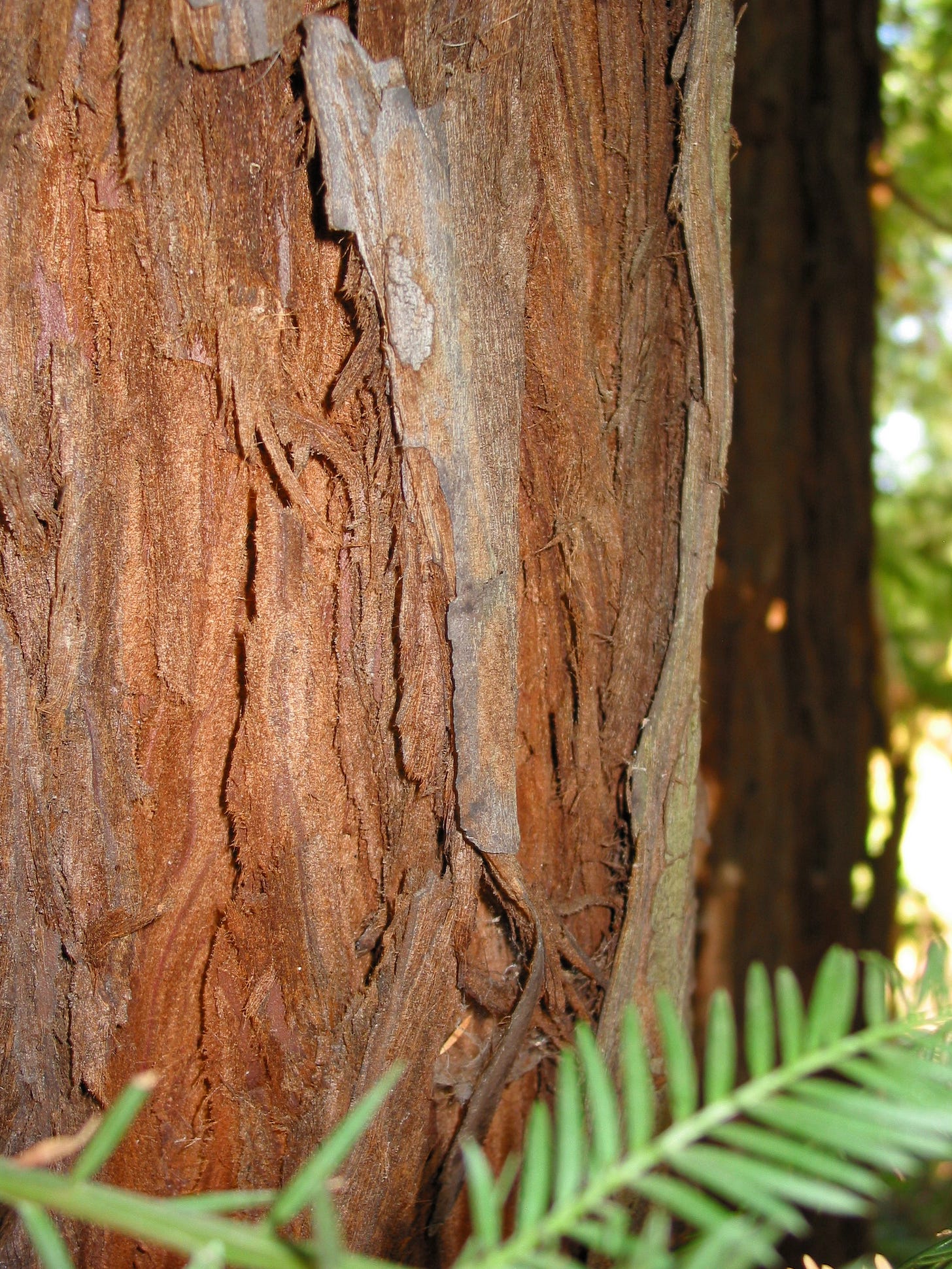
Since 2012, more than 1,800 redwoods have been planted. New plantings have been used to increase the biodiversity of the forest, including valley oaks and coast live oaks planted by St. Helena Boy Scouts. The new plantings are on either side of the “Founders Trees.” These will be legacy trees donated by families who want to leave an environmental bequest.
The June 21 planting will include coast live oak, hollyleaf cherry, California buckeye and California ash. Shrubs will include toyon, ceanothus, coyote brush, hummingbird sage, snowberry, manzanita and flannel bush.
In addition to being a cool place to hang out – up to 40 degrees cooler than the grassy area outside, according to Asmuth – the forest provides an excellent wildlife habitat, hosting rodents, coyotes and more than 30 species of birds from barn owls to rarely seen grebes. It also provides climate and environmental benefits, sequestering carbon, slowing rainwater runoff, preventing erosion and replenishing the aquifer.
Establishing a community forest takes more than just planting trees.
“You have to plant the right species in the right location,” Asmuth said. “Then you have to maintain it by weeding, protecting the trees from voles and irrigating when young.”
It also relies on the help of community partners. These include Silverado Farming, who take care of mowing and irrigation; the nonprofit Sustainable St. Helena; the City of St. Helena; the Napa Resource Conservation District; and Chip Bouril of the Natural Resources Conservation Services.
On Planting Day, ask for a tour of the dawn redwoods, a deciduous conifer species once thought to be extinct but rediscovered in China. Because they are dormant during the winter, they can survive in much wetter soil and are planted in an area bordering a natural wetland. Also ask about the unique genetics of the redwood, dating back 200 million years to the Jurassic period and allowing for the diverse characteristics of the coast redwoods.
Asmuth looks forward to developing a teaching curriculum this summer so middle school and high school students can use the community forest as a living laboratory. He credits his wife for supporting this project.
“We believe that this will be a special legacy for many generations,” he said.
Actions you can take:
Support the Napa Valley Community Forest.
Sign up for the Community Forest Planting Day on June 21 here.
—
Chris Benz is a retired winemaker and co-founder of Napa Climate NOW! Napa Climate NOW! is a local nonprofit citizens’ group advocating for smart climate solutions based on the latest climate science, part of 350 Bay Area. Info, napa.350bayarea.org
Passionflowers Are Beautiful — and Indestructible
By Cindy Watter, UC Master Gardener of Napa County
NAPA VALLEY, Calif. — I have a passionflower growing in my yard that descends from a half-dead specimen brought home more than 30 years ago from long-gone Thrifty Drug. My neighbor — also long gone — planted it in her yard, and it immediately jumped the fence and tried to strangle my walnut tree. To describe it as “vigorous” is a zenith in understatement.
It is a blue passionflower, Passiflora caerulea, and it is everything I like in a plant: native to the Americas, attractive to pollinators and almost indestructible. It is also stunningly beautiful. The flowers look like Art Nouveau flying saucers.
The passionflower was discovered by an Augustinian Catholic priest in Mexico during the colonial period. His job was to convert the Mexican natives, who used the passionflower for food, drink and medicine. Father Emmanuel de Villegas needed a familiar symbol to attach to a foreign religion, and after he took his drawings of the flower to Rome, the passionflower became “The Flower of the Five Wounds.”
The three stigmas on top of the flower are the part of the flower that receives pollen. They are said to represent the three nails that held Jesus to the cross. The five anthers represent the five wounds; the 10 petals and sepals around the center of the flower symbolize the 10 faithful disciples.
The corona is the fringe around the center. It represents the crown of thorns. The curling tendrils that support the passionflower vine and help it spread symbolize the whips used to scourge Jesus. Finally, the rounded fruit is said to represent the world.
This is a lot of responsibility for one plant, but we can all agree that the passionflower is divinely beautiful. It began to appear in European paintings in the 17th century and is an inspiration to many designers today.
The passionflower is easy to propagate. You can’t just drop a seed in the ground, although some seeds that have softened in a bird’s digestive tract will sprout. Passionflowers just appear in my yard, thanks to the neglected yet healthy plant next door.
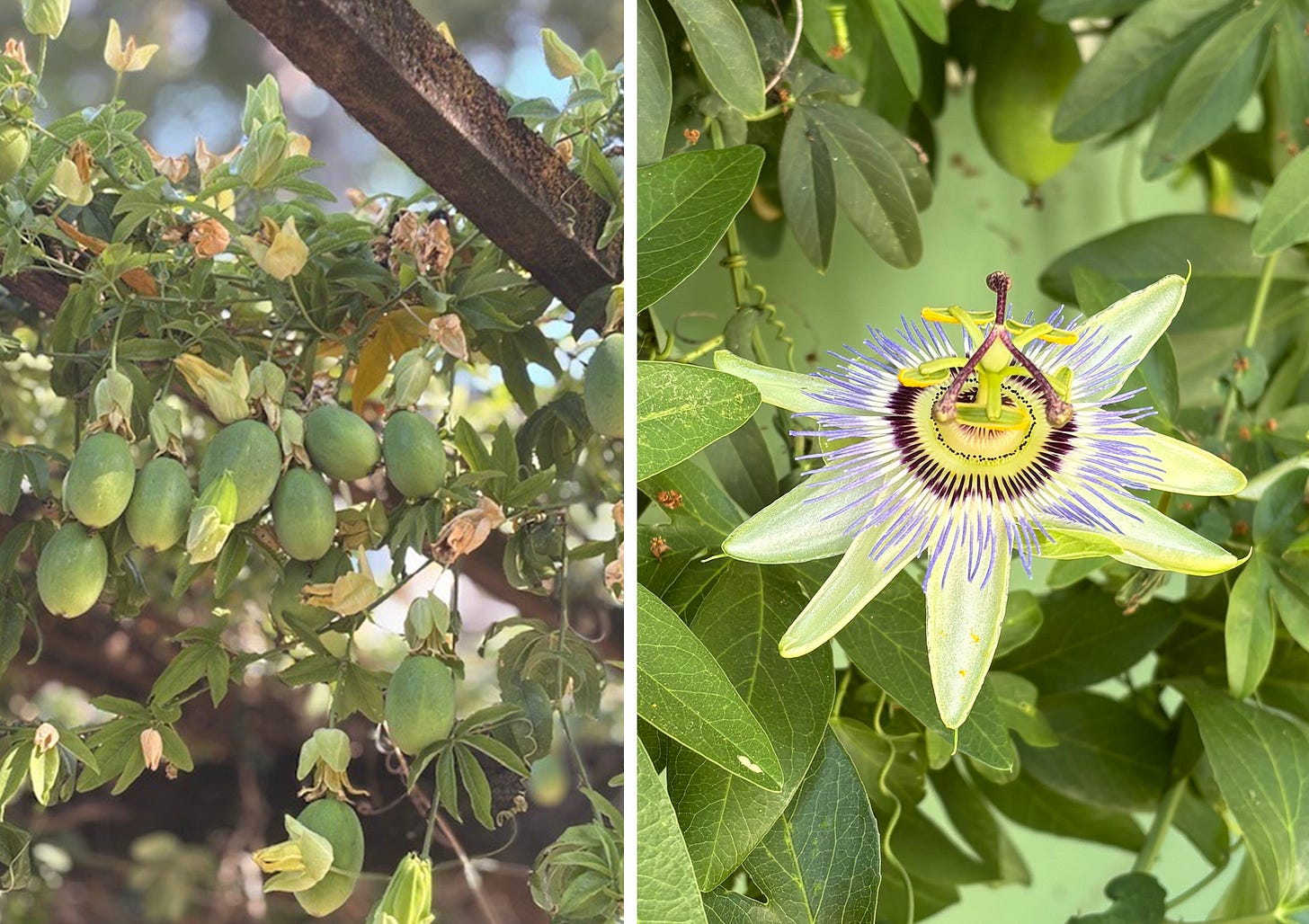
I have seen birds drop vine sprigs from their beaks. Later, soil or compost covers these sprigs, and they begin to grow. And grow. I now have a curtain of vines over my kitchen window that began as a tentative little sprout last summer. I thought, “Leave it alone and see what happens.”
What happened was that it loved the all-day sun and the water that drifted over from the lavender and roses. The heavy rain last winter didn’t hurt, either. It is now so thick that my husband complains he can’t see outside.
A more intentional way to propagate is to cut a 6-inch stem below a growth node. Use a clean cutting tool. The stem should be soft. Remove the lower leaves and the curly tendrils. Dip the lower part of your sprig into rooting hormone and then into a container with sterile potting mix. Use a pencil to put holes in the potting mix first, or you might scrape off the rooting hormone.
Cover the whole thing with a plastic bag with a few ventilation holes. Put it in a shady location and keep it moist but not soggy. It will be ready to transplant in a few weeks.
The blue passionflower has an oval orange fruit with gelatinous tiny red globules inside, but they don’t have the lush, floral flavor of other varieties. I have a gorgeous purple passionflower from Van Winden’s that lives in an enormous terra-cotta pot. It has yellow fruit with coppery-looking seeds. Note: Don’t eat underripe passionfruit. It will upset your stomach.
When in full bloom, the purple passionflower is a showstopper. I don’t cultivate passionflowers for fruit — I let the birds have that — but they attract butterflies. In fact, the passionflower is the only plant that the gulf fritillary will eat.
The gulf (or orange) fritillary is a native butterfly. It used to live no farther north than Berkeley, but as the climate has warmed, we see them all over Napa, at least where passionflowers grow. They flit about all over my yard depositing pollen, but they mate and feed on the passionflower only. They are laying eggs now, which will become butterflies in about six weeks. I look forward to seeing them in my garden.
If you are a person who likes the naturalistic, non-manicured style of garden (translation: carefree and occasionally out of control), the passionflower is ideal. It responds well to pruning, producing more flowers; but even when you ignore it, it flourishes. It likes moderate water but if planted in the ground can survive on nearly none. It is an ideal plant for most Napa Valley gardeners.
Events
Workshop: Join UC Master Gardeners of Napa County for a workshop on “Welcoming Pollinators Into Your Garden” on Saturday, June 28, from 10 a.m. to noon, at the University of California Cooperative Extension, 1710 Soscol Ave., Napa. Monarchs and other pollinators are in serious decline. Learn how to create a vital habitat to support the survival of these essential beings. Register here.
Library Talk: UC Master Gardeners of Napa County with Napa Public Library will host a free talk on “A Wonderland of Aloes” on Thursday, July 3, from 7 p.m. to 8 p.m. via Zoom. Learn how to repair, upgrade or plan new irrigation for your lawn and garden. Note that the meeting will not allow entry after 7:15 pm. Register to receive the Zoom link.
Tree Walk: Join UC Master Gardeners of Napa County for a docent-led walk through historic Fuller Park in Napa on Friday, July 11, from 10 to 11:30 a.m. Discover some of the many exotic and native trees there. Space is limited. Register here.
Help Desk: The Master Gardener Help Desk is available to answer your garden questions on Mondays and Fridays from 10 a.m. until 1 p.m. at the University of California Cooperative Extension Office, 1710 Soscol Ave., Suite 4, Napa. Or send your questions to mastergardeners@countyofnapa.org. Include your name, address, phone number and a brief description of the problem. For best results attach a photo.
—
Cindy Watter is a UC Master Gardener of Napa County.










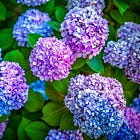
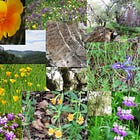
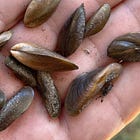

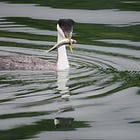
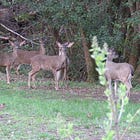





I LOVE the Green Wednesday articles. I learn something new (and fun) about the place I call home, and often get wonderful ideas for my unruly and water-starved yard. Thank you. It's a nice respite in these troubled times!